Neuroscientists count on technology evolution
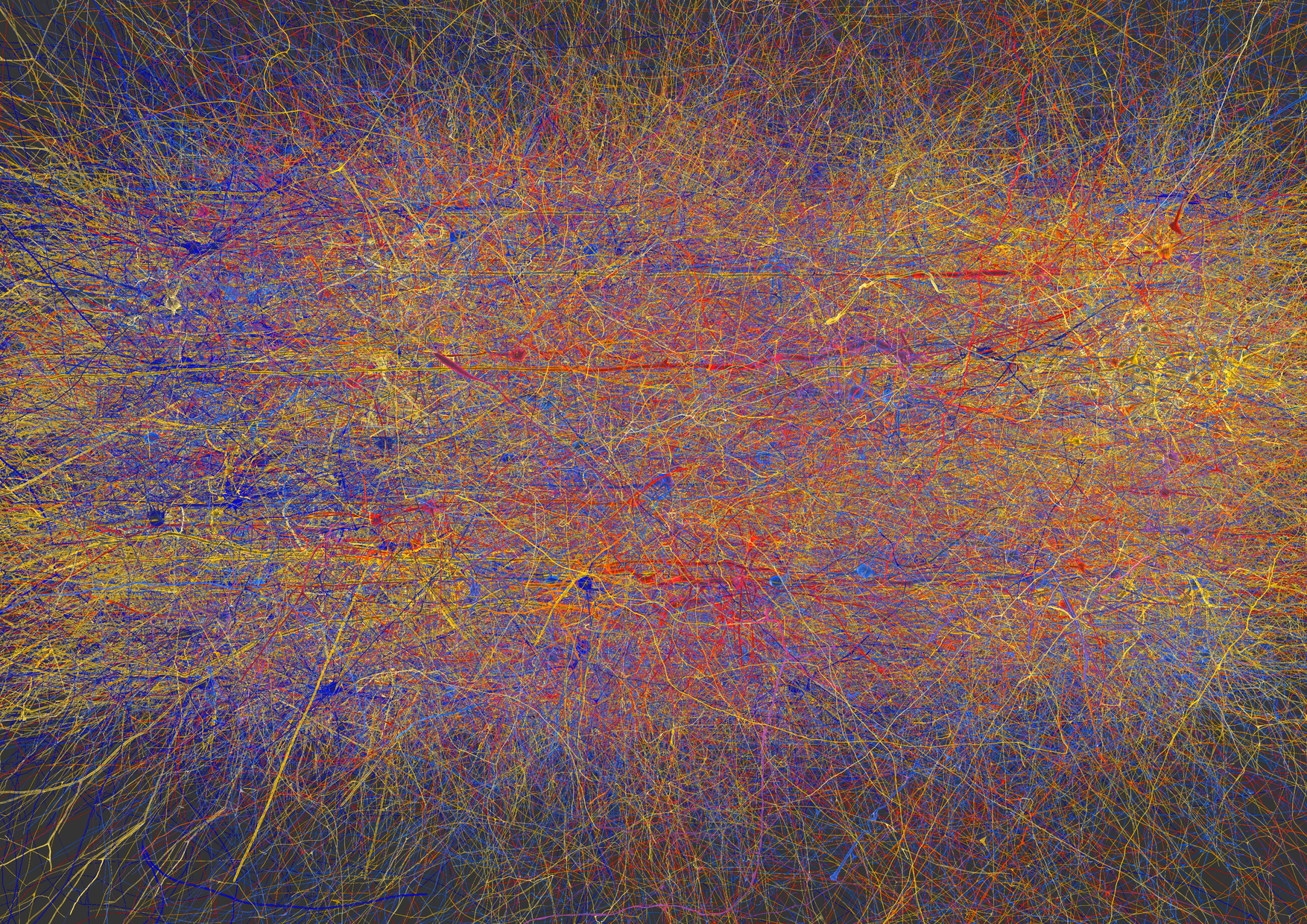
The Human Brain Project (HBP) – a bold international venture to build a working computer model of the human brain by 2023 – was launched in Lausanne this month amid much pomp. What has to be done in order for the ambitious goals to be met?
With over 130 research institutions from Europe and around the world on board, hundreds of scientists from a myriad of fields more rapidly being recruited and a budget of €1.2 billion (CHF1.2 billion) – half funded by the European Union – the HBP and its research teams are up and running with big ambitions.
According to HBP director Henry Markram, a neuroscientist at Lausanne’s Federal Institute of Technology (EPFL), the researchers are on an exciting but extremely difficult journey that will “provide us with the foundation to understanding mental health, brain diseases and ultimately who we are as humans”.
The HBP team is confident that in the initial 30-month ramp-up phase it can provide the main ‘deliverables’: building the basic technology for a computer simulation of the brain and a unified database of brain research from the tens of thousands of neuroscience papers published every year.
The huge injection of funds should give the HBP a head start over another mega initiative – the US Brain Research through Advancing Innovative Neurotechnologies (BRAIN), announced by President Barack Obama in April with a budget of $100 million.
– Average brain weight: 1.36kg
– 85% of the brain is the cerebrum, the front part of the brain consisting of two lateral hemispheres joined by a thick band of fibres. This part is associated with intellectual function, emotion, and personality.
– 75% of the brain is water
– 40% of the brain is dendrites and axons – the threadlike extensions of a nerve cell, which conduct impulses to and from the cell body – and 60% is neurons, or brain cells
– There are around 100 billion neurons
– There are between 1,000-10,000 synapses – neuron connections – per neuron
– The brain stops growing at age 18
– Your brain needs 20% of your blood and oxygen to function
– There are 100,000 miles of blood vessels in your brain
Source: http://www.nursingassistantcentral.com/
Predicted model
The HBP has been compared with the Human Genome Project, the mapping of every one of the three billion base pairs found in every cell that make up our entire genetic code completed in 2003, but their goals are different. The HBP will not map the entire human brain as that would be far too complex.
“To measure all the connections in the brain – there are 100 trillion synapses – we can’t experimentally map each one,” said Markram. “But using principles on how neurons are connected we can build them into algorithms and then make a predicted model and then check the connections.”
For the past eight years Markram and his team at the EPFL have been testing such methods of reverse engineering and predictive neuroscience on the Blue Brain project using slices of rats’ brains.
A state-of-the art IBM Blue Gene supercomputer on site has been crunching data to build a model simulating the electrical activity of 100 interconnected cortical columns from the rodents that each consist of 30,000 neurons. But the human brain has 86 billion neurons.
Brain-like supercomputers
Simulating a human brain will therefore involve a quantum leap in IT power and supercomputers faster than any that exist right now. The Blue Gene can do trillions of calculations a second but a thousand of these would be needed to get close to simulating the brain’s ability to do complex multiple tasks.
Energy is also a major issue. The brain requires less than 30 watts of power, but today’s computer equivalent would need most of the energy from a power station.
The HBP team is betting that within a decade the swift evolution of technology alongside research into neuromorphic computing – machines which learn like the brain – should facilitate the first simulations. Two groups of scientists at universities in Manchester and Heidelberg are already working on advanced neuromorphic programmes under the auspices of the HBP.
Another early goal is a medical informatics platform that will compile data on mental diseases from public hospitals and pharmaceutical companies and analyse it to identify clusters of neurological disorders. Researchers would then be able to compare healthy and diseased brains within computer models.
A key aim is to produce a more scientific understanding of brain diseases, building a map of disorders and how they relate to each other. This new ‘biologically grounded’ classification system would encourage the development of new tools and strategies for drug development and treatment for diseases like Alzheimer’s.
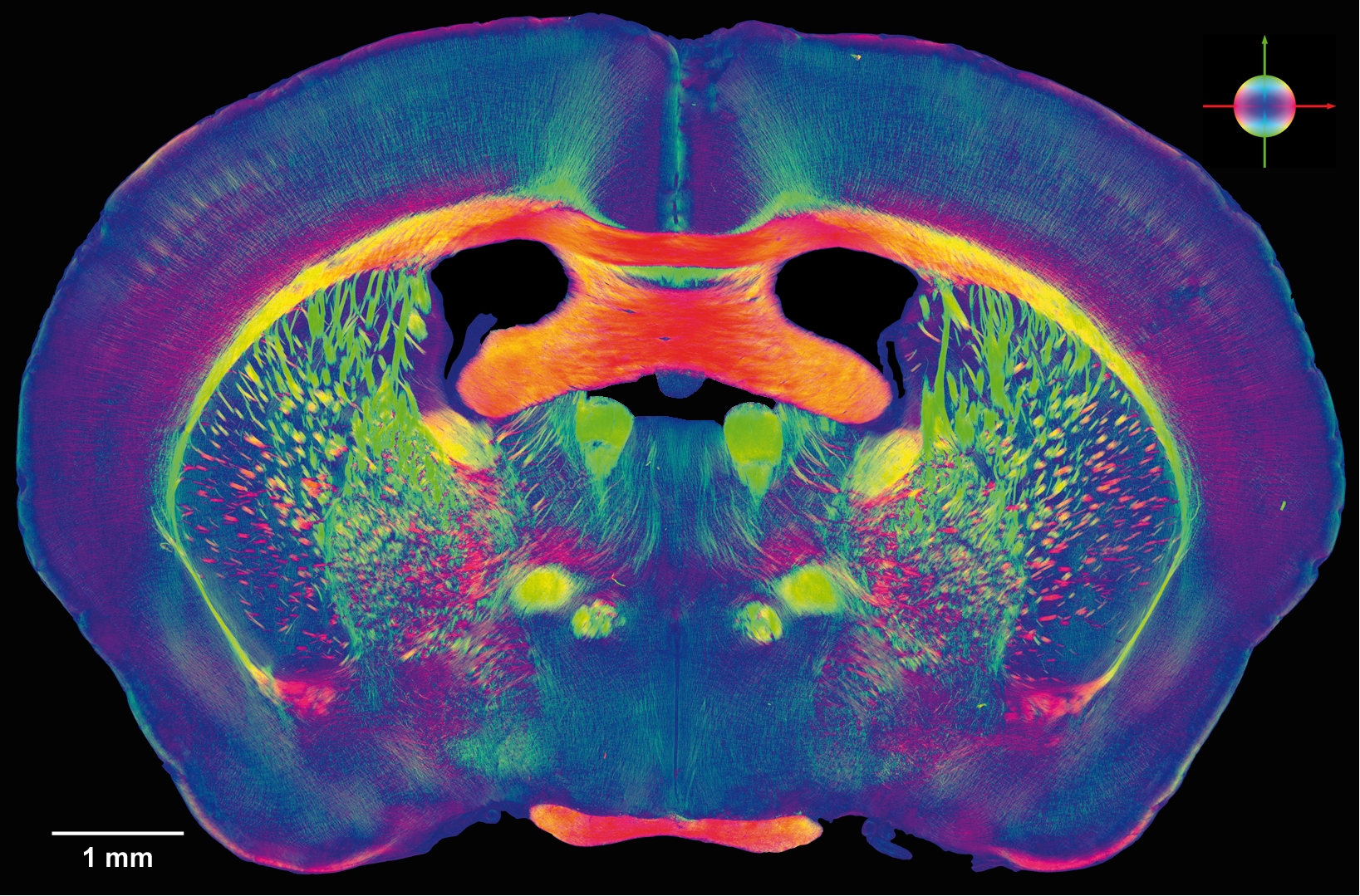
Suspicious minds
Despite its lofty ambitions, some scientists have reservations about the project. When Markram presented it at a Swiss Academy of Sciences meeting in Bern in January 2012 he was met with certain scepticism. Critics felt his vision was ill-conceived, over complex and too open-ended.
In an article published in Nature magazine last year, Rodney Douglas, co-director of the Institute of Neuroinformatics (INI), a joint initiative of the University of Zurich and Zurich’s Federal Institute of Technology (ETHZ), and Markram’s former mentor, called for more ‘variance in neuroscience’.
Similar criticisms can still be heard today.
“I think much of the scientific community that is not intimately involved thinks it’s a diversion of interest. It’s not theory driven but empirically driven. The truth is that we don’t know enough about brain processes or structures to produce models of this sort. The EU was slightly conned into funding it,” said Stephen Rose, a professor of biology and neurobiology at the Open University and the University of London,
Rose added that Obama’s BRAIN project was much ‘more grounded’ and the HBP would probably do more for computing than it would for brain science.
The huge budgets of mega-science projects like HBP and BRAIN have raised the stakes, leading to concerns that donors are putting all their eggs in one basket and possibly starving funding for other neuroscience research.
“I would rather the money was better invested in the European Research Council or Swiss National Science Foundation professorship programmes which are completely unbiased and just look at relevant good ideas and clever researchers,” said Martin Schwab, a professor at Zurich’s Neuroscience Centre.
But Markram is undeterred: “Many people criticise the project and ask ‘Is this really possible?’ But we all recognise that we are not going to understand the brain unless we begin an initiative to unify all the different little pieces of information we have generated over the past decades.”

In compliance with the JTI standards
More: SWI swissinfo.ch certified by the Journalism Trust Initiative










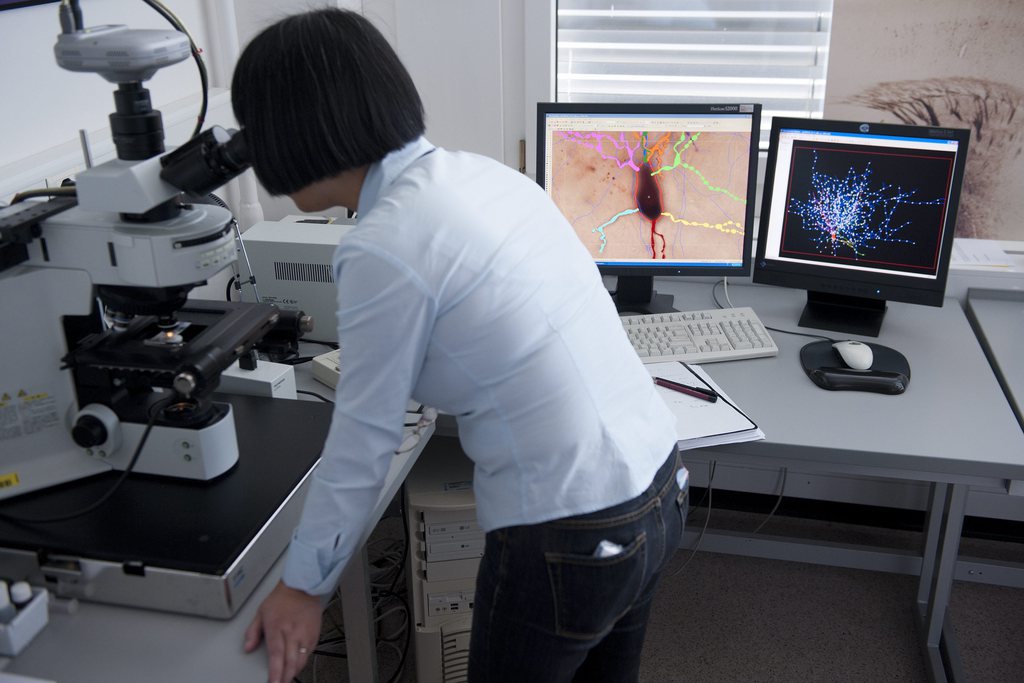
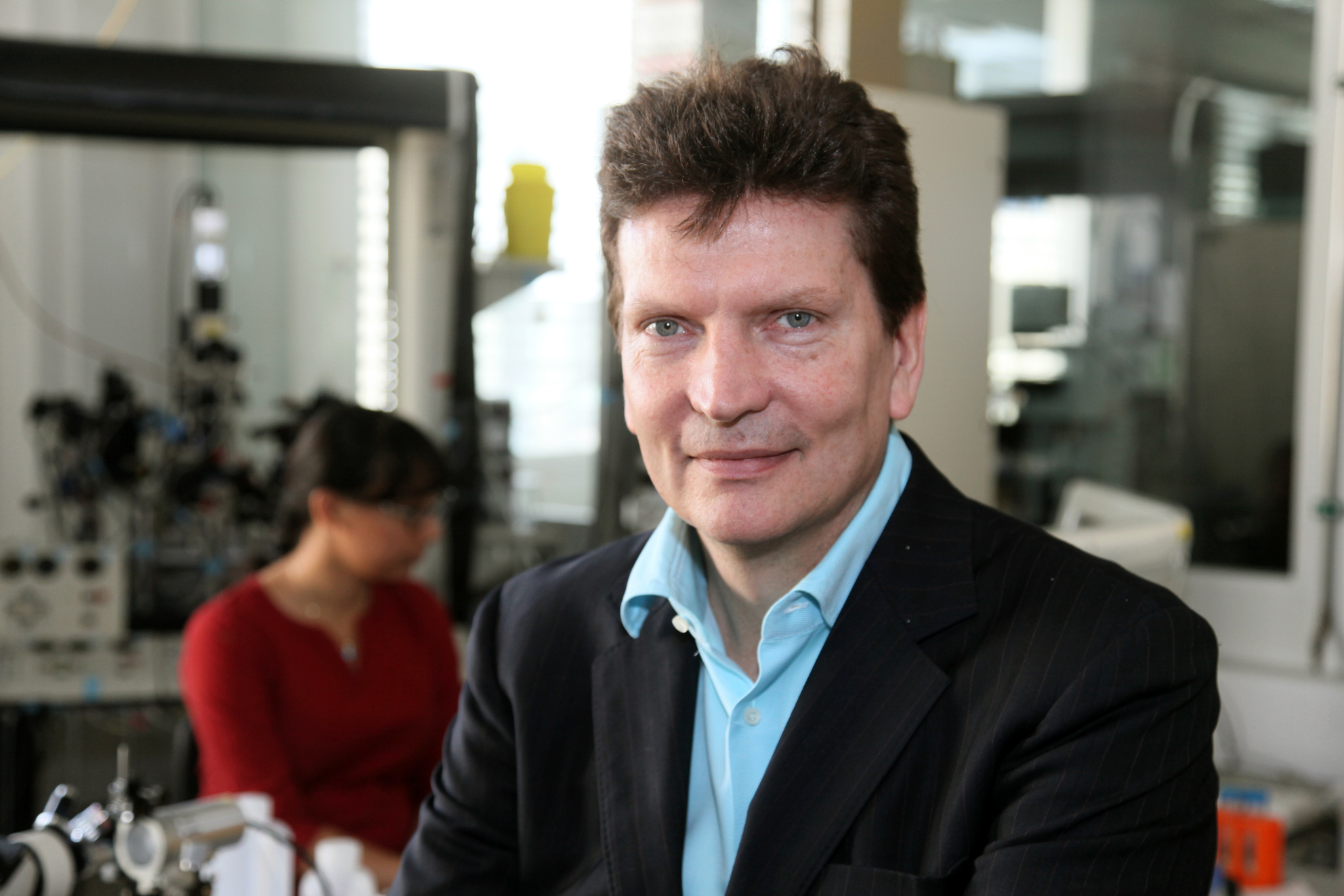
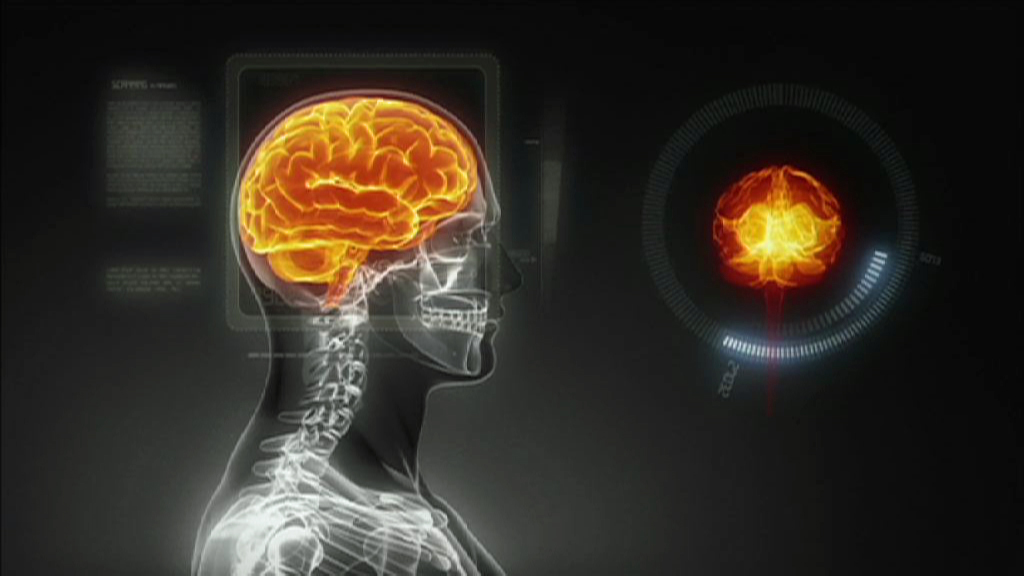

You can find an overview of ongoing debates with our journalists here . Please join us!
If you want to start a conversation about a topic raised in this article or want to report factual errors, email us at english@swissinfo.ch.